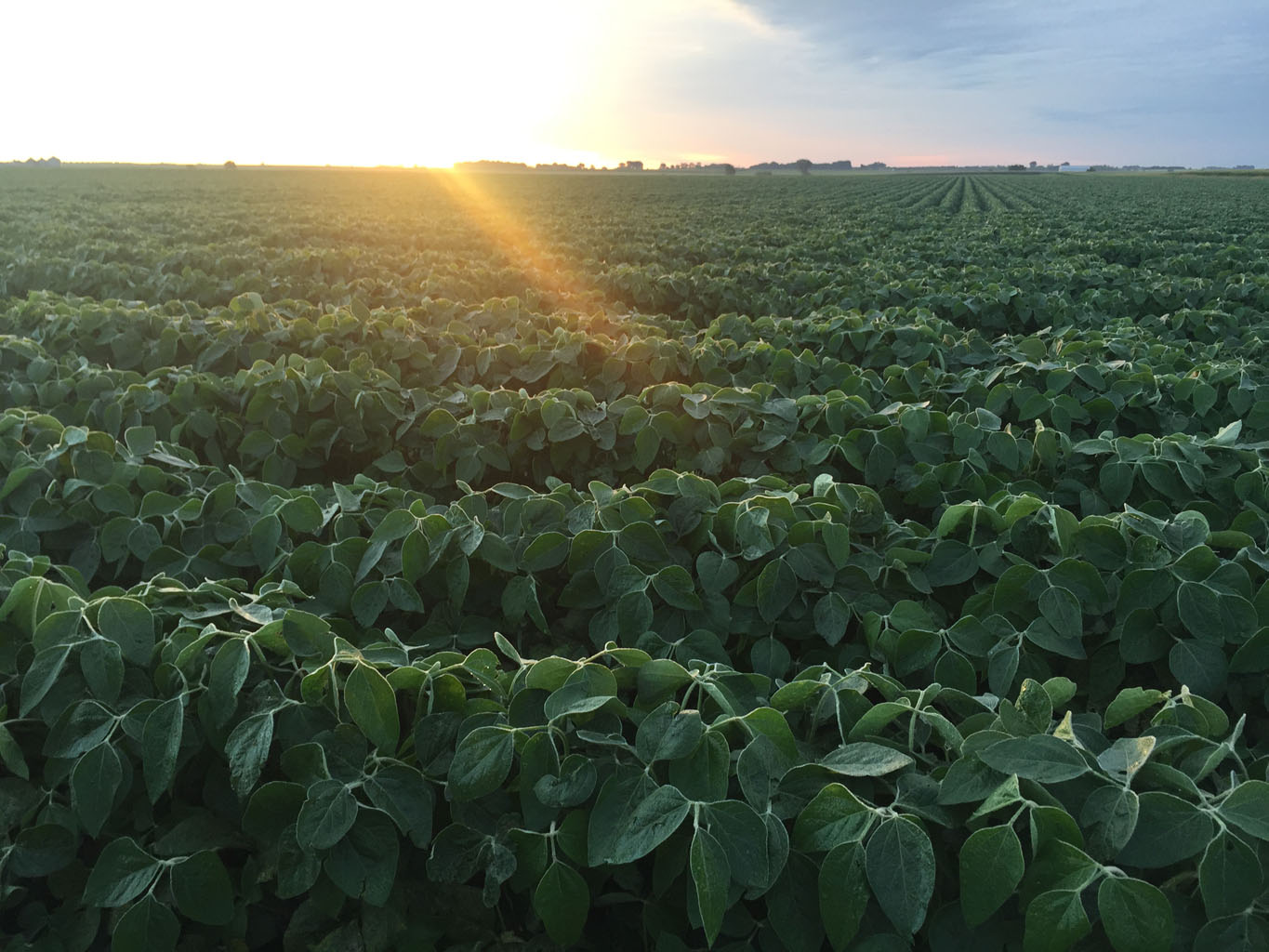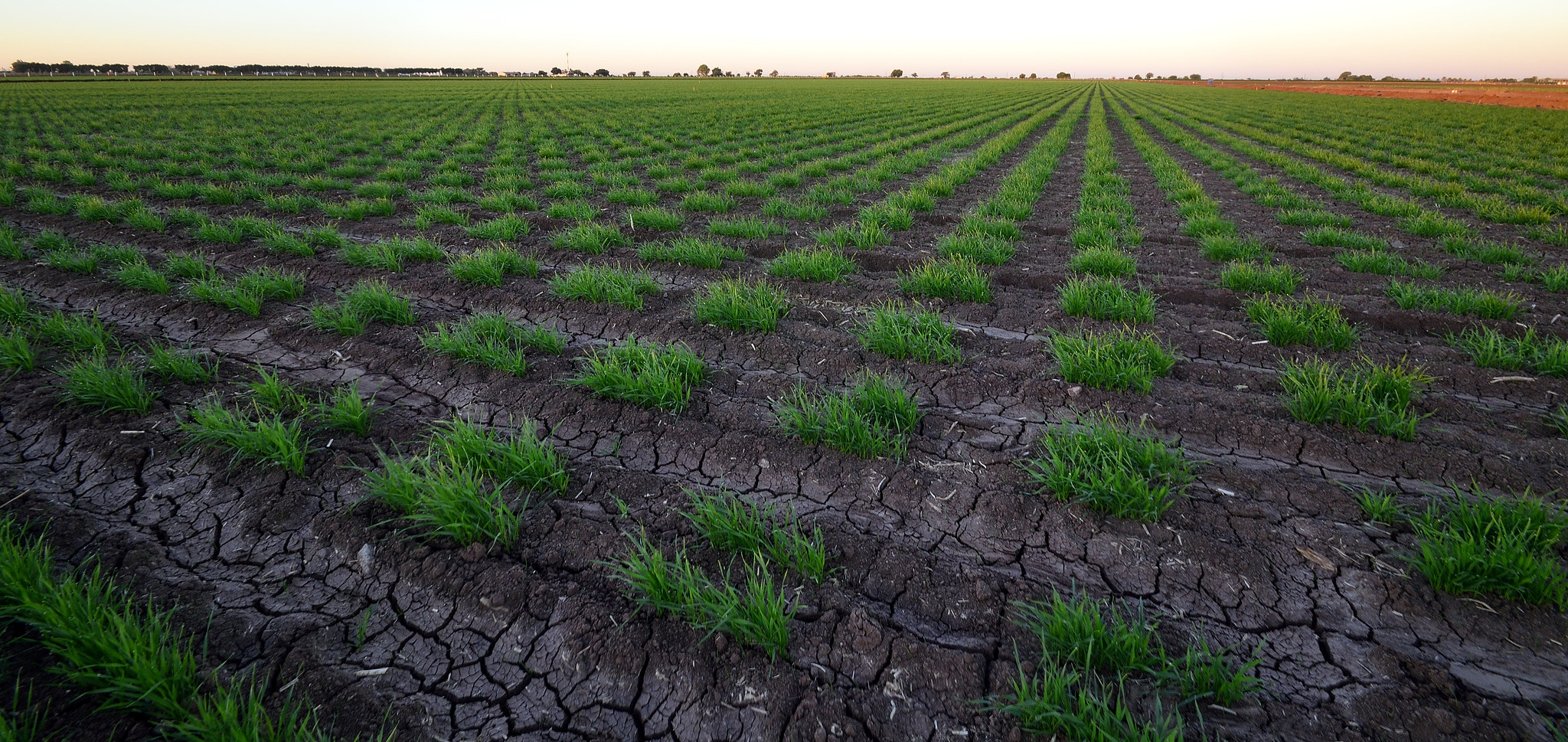Agriculture: Our wisest pursuit
Elliott GrantFounder, CEO
| 5 min read
Agriculture got off to a slow start in the digital revolution. It’s time we played catch up.
In August 1787, Thomas Jefferson — then the American ambassador to France — wrote to President George Washington, warning that a brewing war between France, Holland and England could distract America from agriculture, which he called, “our wisest pursuit.”
“It will, in the end,” he wrote, “contribute most to real wealth, good morals and happiness.” Jefferson compared the “moderate but sure income” of husbandry favorably to the fleeting wealth that could be acquired by speculation.
On National Ag Day, Jefferson’s concern still strikes a chord. We can equally recognize both the hard work, resilience and creative problem solving by members of the ag community around the globe, as well as the fact that agriculture has become one of the least digitized sectors in the economy. Have we become technologically complacent in our wisest pursuit?

Agriculture got off to a slow start in the digital revolution - partly because the challenges were too complex for the available tools.
Running the numbers
The challenges facing farmers are stark, and sobering. The world’s population will grow to nearly 10 billion by 2050, requiring an increase in global food production volume of 50 percent. But global agriculture already consumes 70 percent of the world’s freshwater, and the fossil-fuel-based fertilizers — of which 40 percent are wasted through imprecise application – that power the world’s farms, add 1.2 billion tons of CO2e to the atmosphere. Farmland productivity needs to increase by 70 percent to avoid an additional 22 gigatons of CO2e being emitted, but climate change threatens to reduce productivity of farmland in many places, through more frequent droughts, higher temperatures and pest and disease pressure.
Agriculture is part of an ecosystem, and needs that ecosystem to function. But biodiversity as a crucial underpinning of that ecosystem has collapsed due to land use change for agriculture — from deforestation in particular. Farming relies on a few precious inches of topsoil — which will be compacted, poisoned, neutralized, washed away or blown away, if not carefully managed. And while the challenges are clear, the solutions are not.
Agriculture takes place within a living, evolving system, and simplistic, rigid solutions cannot succeed in the long run in a complex system that evolves. ”
Navigating complexity

Fortunately, technologies have reached a level of maturity that can now handle complexity, can learn and adapt.
There is no single, silver bullet solution to these challenges. Agriculture takes place within a living, evolving system, and simplistic, rigid solutions cannot succeed in the long run in a complex system that evolves. Fortunately, technologies have reached a level of maturity that can now handle complexity, can learn and adapt — and can help the farming community and agribusinesses across the value chain catch up.
Two key technology trends are at work. The first is our ability to gather data. As mechanization surged in farming and people left the farm, the capacity to closely observe plants, soil, pests and diseases dropped. As a result, farmers had no practical way to monitor every plant, every day. But now the cost of data collection has dropped precipitously. Satellites, drones, smart farm equipment, IoT devices and cameras generate a firehose of data. Thanks to Moore’s Law, the cost of collecting, processing, transmitting and storing this data will keep dropping too.
The second technology trend is artificial intelligence (AI). Recent breakthroughs in machine learning (ML) — such as Transformer models and pathway models — are unlocking the ability to draw meaning from agriculture’s complex, multimodal data (multimodal means different types of data, such as numbers, text, images, tabular data, videos and sounds).
Why are these new technologies ideally suited to the complexity of agriculture? Consider these examples:
Crop breeding is currently throttled by the capacity of human experts, but ML will accelerate data collection and improve interpretation of plant images. AI-driven breakthroughs in the breeding of staple crops like cow pea and common bean to improve drought tolerance or disease resistance will have profound consequences for feeding Sub-Saharan Africa, and reducing dependency on expensive imported crops.
Farm equipment equipped with ML-powered smart cameras that can inspect each plant and determine if it is a weed to be killed or a crop to be nourished will enable precise usage of chemicals, with knock-on effects on soil health and yield.
Putting AI-powered decision-support tools in the hands of farmers and advisors, through smartphone apps that can interpret images and context, will improve productivity, reduce waste and reduce risk. Such tools could help measure and validate the impact of biodiversity, soil health, intercropping or a new biological soil amendment.

Recent breakthroughs in AI, ML and better data capture and analysis can agribusinesses across the value chain catch up.
Dynamic systems need adaptive solutions
Importantly, AI solutions are not static. They learn and adapt. That’s because software differs in an obvious way from hardware: it can be changed instantly, over the air. The automotive industry is already being reshaped by ‘software defined vehicles’ that can be customized and updated. AI systems can collect feedback on their decisions and learn, continuously improving their accuracy. A great example is today’s announcement that Google is opening access to Bard, an early experiment that lets you collaborate with generative AI. Similarly, agriculture will change from relatively long, hardware-driven product cycles to rapid, highly-customized algorithm-driven iterations. Crop trials will be scaled to thousands — or millions — of experiments. Equipment will be optimized for a specific field’s agroecology. The emergence of new pests, diseases or resistant weeds will be quickly detected.
The ability to collect mountains of data and having the AI tools to derive a deeper understanding from that data together represent not just a cost savings or productivity boost, but also a way for humanity to break through looming Malthusian limits, just as the advent of crop rotation, farming machinery and artificial fertilizer did. ”
Agriculture got off to a slow start in the digital revolution - partly because the challenges were too complex for the available tools. But now we have AI technologies better suited to the job, and it’s time to catch up. While Jefferson’s assertion that agriculture will contribute to “improved morals” may be too lofty a goal, it is indeed a wise pursuit to nourish humanity and regenerate the planet. If agriculture can achieve those - then it will undoubtedly also contribute to the pursuit of happiness.